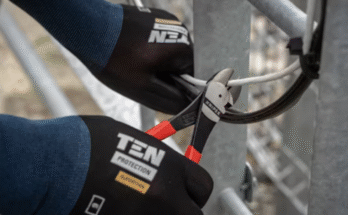The term “urban forest” may sound like an oxymoron. When most of us think about forests, we may picture vast expanses of tall trunks and dappled sunlight filtering through the leaves, far from the busyness of the city. But the trees that line city streets and surround apartment complexes across the U.S. hold great value, in part because of their proximity to people.
“Per tree, you’re getting way more value for an urban tree than a tree out in the wild,” says Mark McPherson, founder and director of a Seattle nonprofit called City Forest Credits. In an increasingly urbanizing world, cities are, after all, “right where people live and breathe and recreate.”



